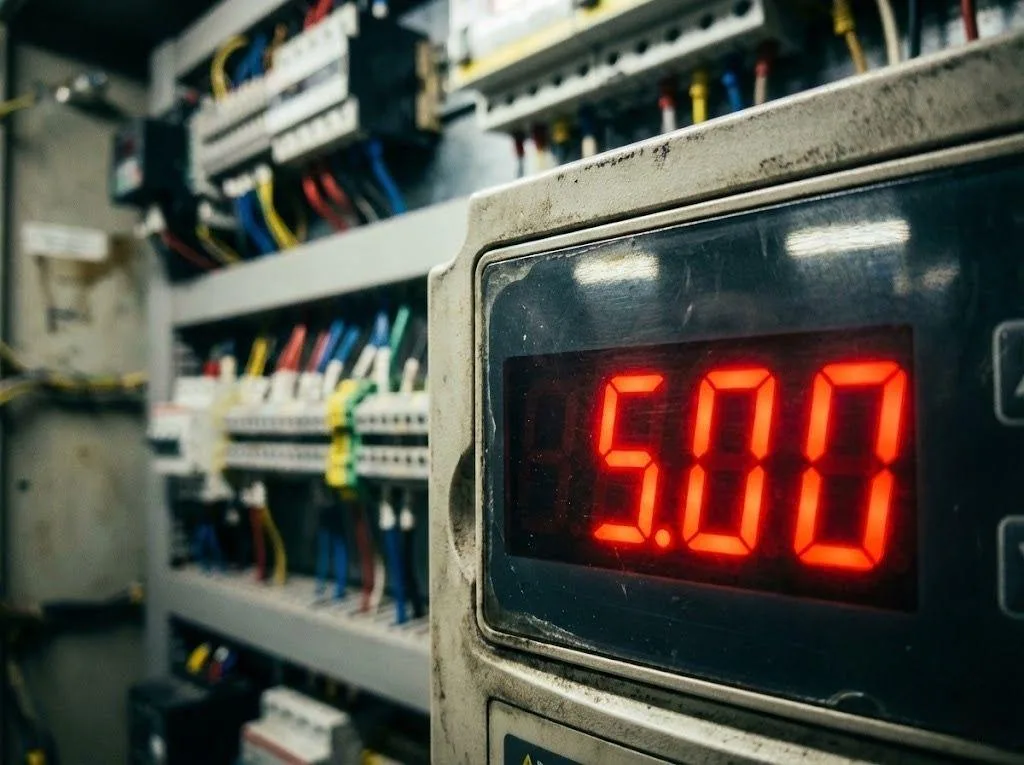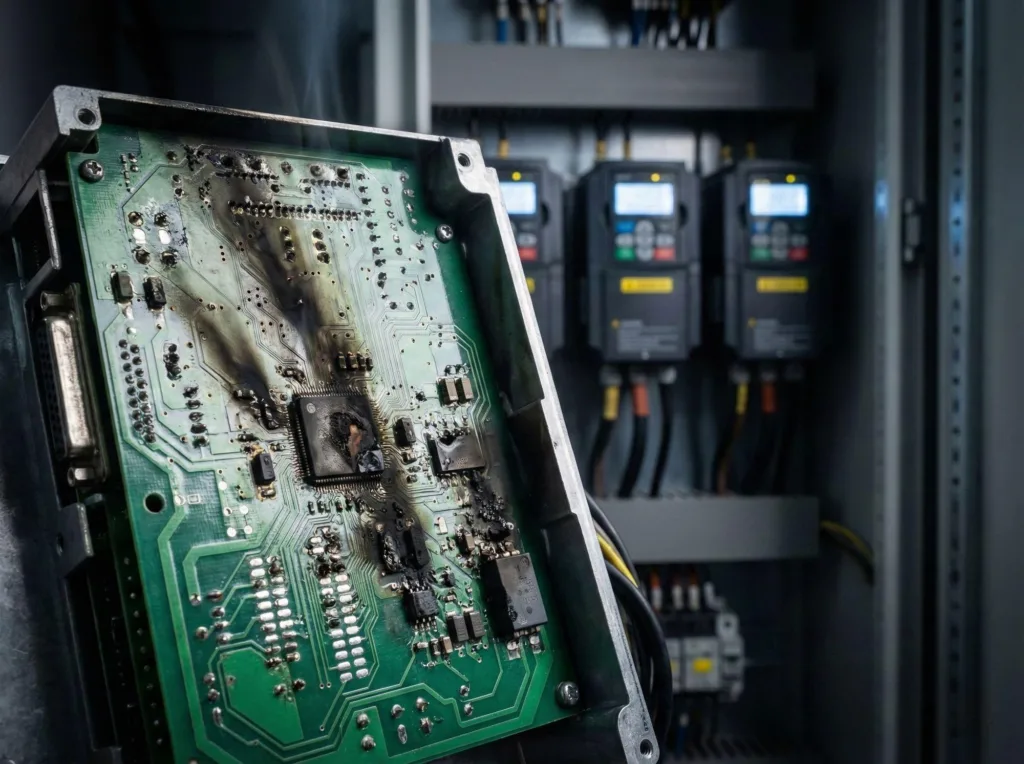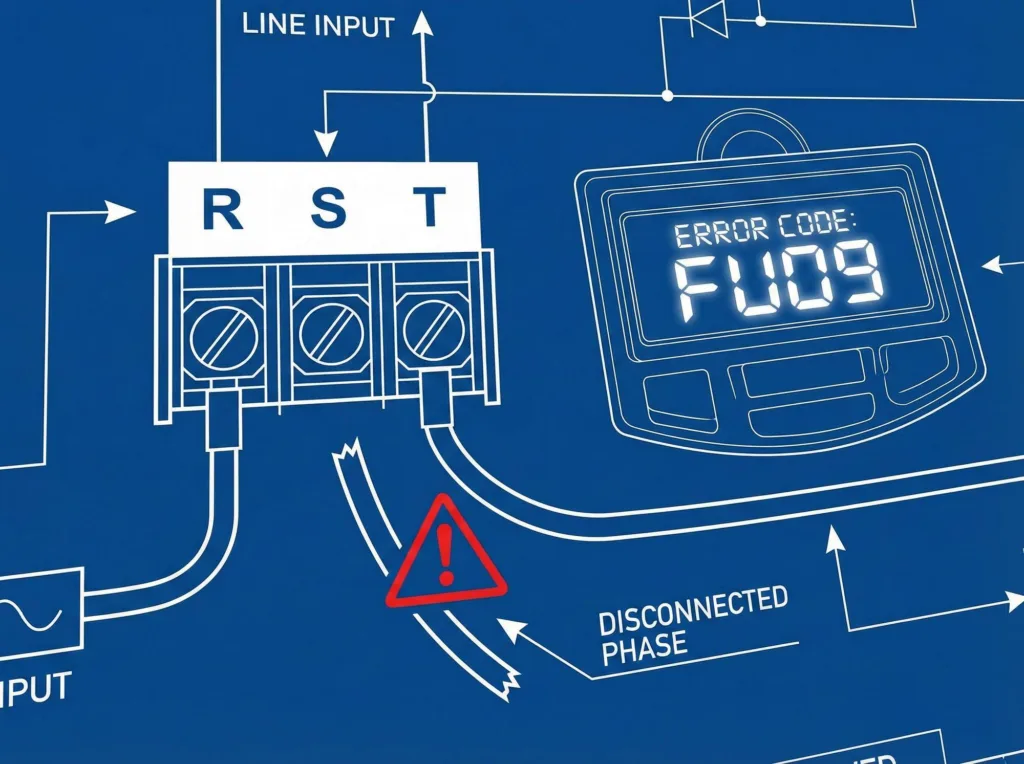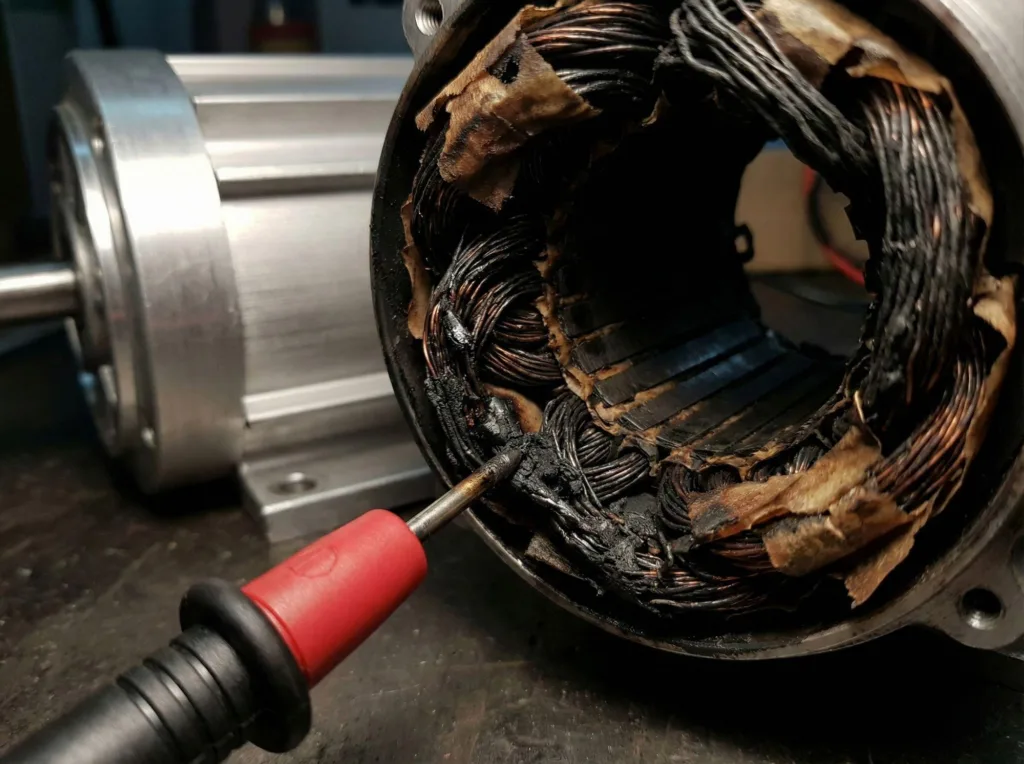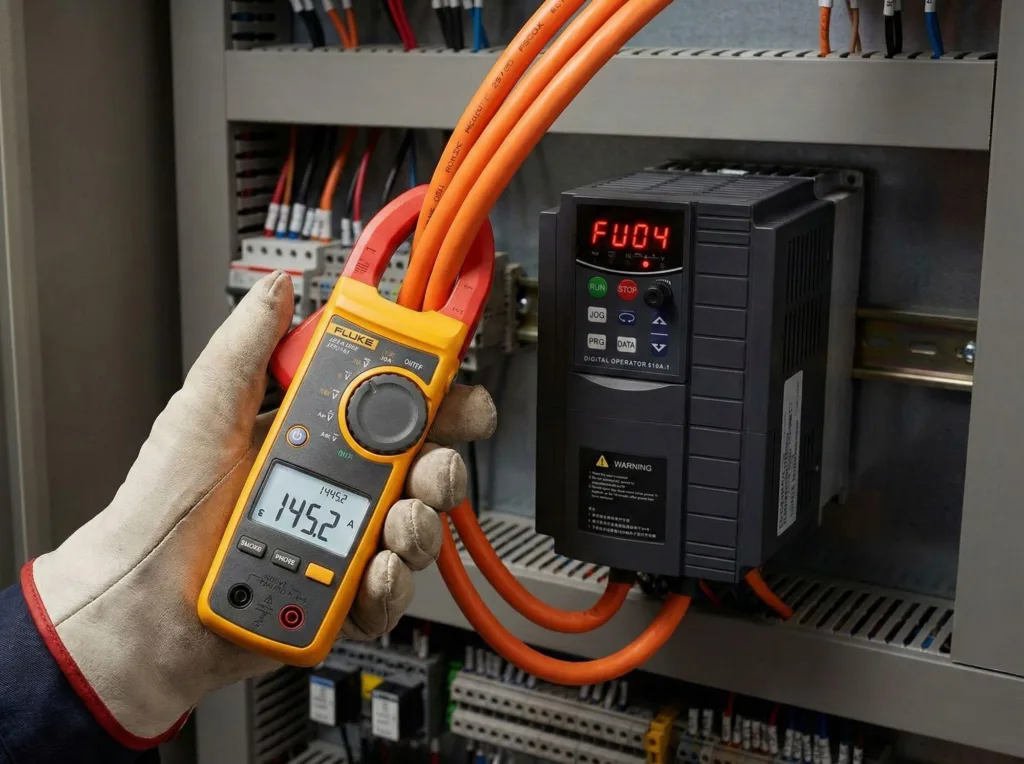4 Reasons VFD Overcurrent Faults Occur Without Breaker Trip
Why VFD Overcurrent Faults Occur While Circuit Breakers Do Not Trip
In the field of industrial automation, many engineers have encountered a puzzling phenomenon: the VFD Drives frequently reports VFD Overcurrent Faults, yet the input-side circuit breaker does not trip. At first glance, this seems contradictory, but in reality, it highlights the fundamental differences between VFD fault protection and circuit breaker protection.
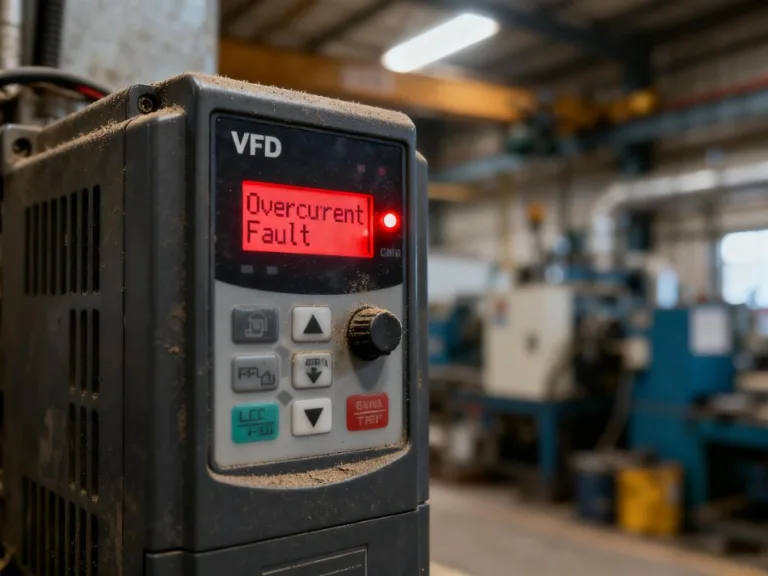
1.Different Protection Scopes
The circuit breaker VFD mainly protects the incoming power circuit, rectifier bridge, and DC bus capacitors from short circuits or severe overload. For example, if the diode rectifier bridge or electrolytic capacitor fails and creates a short circuit, the breaker will trip.
On the other hand, VFD Overcurrent Faults are linked to the inverter stage. The VFD monitors the IGBT module using techniques such as Hall effect sensors, voltage-drop detection, or current transformers. This form of IGBT protection specifically safeguards the motor and VFD motor wiring, ensuring quick shutdown during overcurrent or phase-to-phase faults.
2.Different Sensitivity Levels
Circuit breakers rely on thermal-magnetic trip principles. They usually require 5–10 times the rated current and act within milliseconds to hundreds of milliseconds.
By contrast, a VFD responds in just 2–3 microseconds. Through di/dt protection and optical isolation, it detects faults such as VFD overcurrent on startup, VFD short circuit fault, or motor overload protection in VFD almost instantly.
This explains the common case: why VFD trips but breaker doesn’t.
3.Different Protection Principles
A circuit breaker is designed to protect power lines and large energy-storage components. It reacts when high short-circuit currents flow through the rectifier or DC bus capacitors.
Meanwhile, the VFD focuses on VFD fault troubleshooting for the motor side. It actively monitors DC bus voltage, IGBT saturation voltage, and output current. When dangerous spikes or transient voltage are detected, internal circuits such as the crowbar circuit intervene, cutting off power before the breaker has time to react.
4.Impact of Stored Energy
The DC bus capacitors in a variable frequency drive act as energy reservoirs. Even during a short circuit, the stored charge delays the breaker’s reaction. However, the VFD’s own protection system identifies the fault in microseconds, triggering a VFD overcurrent trip.
This timing difference explains why circuit breaker tripping with VFD is less common than the VFD itself shutting down due to internal detection.
Conclusion
The occurrence of VFD Overcurrent Faults while breakers remain inactive is not a malfunction, but rather a result of different protection strategies. Circuit breakers focus on safeguarding upstream circuits and energy-storage devices, while the VFD concentrates on protecting the IGBT modules, motor, and variable frequency drive wiring.
When conducting VFD fault troubleshooting, it’s essential to distinguish between these mechanisms. Understanding VFD vs circuit breaker protection, IGBT short circuit protection, and motor overload protection in VFD helps engineers make accurate judgments and prevent unnecessary downtime.

